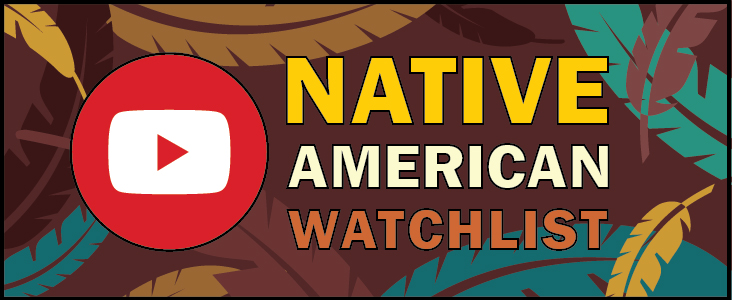Culture
Watchlist: ‘How a Native American Potter Uses the Tradition of Horsehair Pottery’

By Kamiah Koch
Social Media/Digital journalist
Eric Louis shares his family’s ways of making traditional Acoma pottery using horsehair and geometric etchings in an Insider video published to YouTube on Sept. 11, 2021.
Louis and the video’s narrator explain the pottery he makes today starts out the same as it has for generations with the materials gathered locally in the Acoma Pueblo area of New Mexico.
Louis has made some changes to the traditional ways, using a mold to shape the clay rather than a “coil” method used by his grandmother. He also now fires the clay in an electric kiln, which allows him to get the temperature more precise.
However, other aspects of the pottery process have remained unchanged. Insider’s narrator explains that once the pottery has been formed, polished with a white stone handed down from his grandmother and fired in the kiln, Louis drops strands of horsehair across the 2,192 degree Fahrenheit clay. The hair sizzles and burns away, leaving a black, cloud-shaped carbon pattern stained across the piece.
This method is said to have started in Louis’ family when a strand of his mother’s hair fell on the hot clay and left its mark. According to the video, this same horsehair method has been used for centuries, but its exact origins are unknown. Stories passed down through generations report a similar discovery with a woman’s hair falling on hot pottery, starting the practice of using hair to design pottery hundreds of years ago.
Acoma Pueblo people began using hair from their favorite horse to commemorate the animal. Today, Louis receives special orders from people who own horses asking to use some of their tail hair in custom pottery pieces.
At the end of the video, Louis is seen free-hand etching geometric shapes into the pottery. He says these shapes were passed down from his grandmother and now he is passing the shapes and pottery traditions down to his children so the culture will live on.
If you would like to see the full pottery process and hear more about the history, you can watch the video for yourself at https://www.youtube.com/watch?v=teJBP-R9O8A or find it on the Smoke Signals “Watchlist” playlist on the Smoke Signals YouTube channel.
